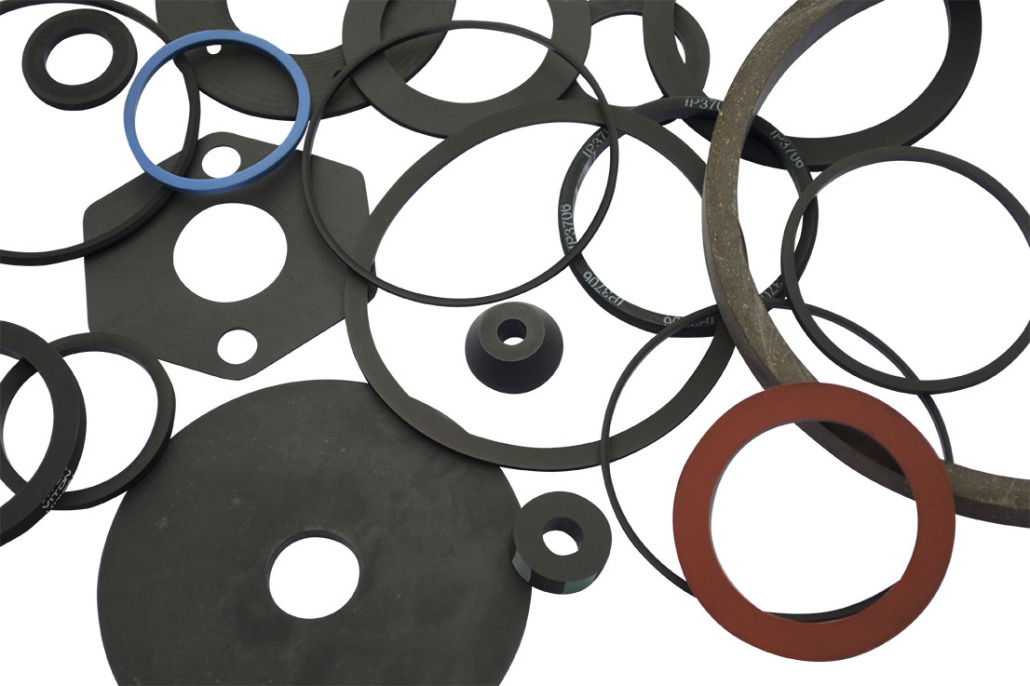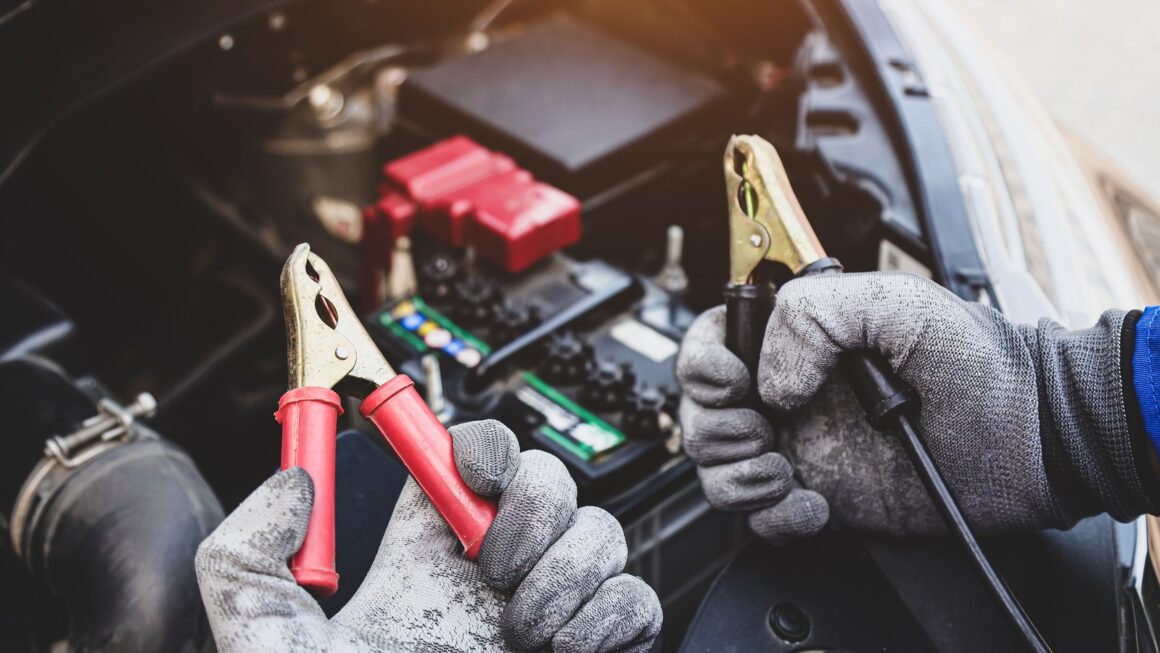Gaskets may seem small but can help carry big tasks. They are the mechanical seal that fills the space between two or more mating surfaces. The purpose of gaskets is to prevent leakage when the surfaces are under compression. The mechanical seal is used in many machines and vehicles to fill irregularities between imperfect mating surfaces to ensure a hassle-free operation.
When it comes to vehicles, gaskets are used in the engine. They are placed between the cylinder head and cylinder block to eliminate the chances of leakage and ensure a tight fit joint. The gaskets also maintain compression in the cylinder and are strong enough to withstand extreme temperatures and high pressures.
Different gasket manufacturers are offering a complete range of gaskets for the automotive industry. You can easily find several spiral wound gasket manufacturers and industrial gasket manufacturers in India to help you get the right gaskets.
Even among the vivid range of the mechanical seals, you can go for their customization if you can’t find the one needed.
Yes, you have read it right. You can get the gaskets customized from gasket cutting machine manufacturers in India.
But before going for customization, you must know your requirements and the different types of gaskets available in the market. If you don’t, this article will help you out.
Here is the list of different types of gaskets used in car engines.
Cylinder Head Gasket
Cylinder head gasket, a.k.a. head gasket, blocks ignitable gas from entering the coolant system. It is generally fabricated from copper or steel and placed between the engine and the cylinder head. It blocks the coolant from entering the combustion engine and merging with the engine oil. The gasket plays a critical role in preventing the engine from overheating and ensuring the vehicle’s smooth running.
Manifold Gaskets
Manifold gaskets are available in two categories: the intake manifold gasket and the exhaust manifold gasket. The first one helps maintain the chamber’s internal temperature and blocks air from leaving as the combustion takes place. This enables the fuel mixture to acquire the perfect oxygen levels to ensure the efficient functioning of the engine. The second one has a similar function but is positioned at a different place. It is placed between the cylinder head and exhaust manifold to boost the efficiency of the engine. They are more resistant to burn and are generally fabricated from steel.
Main Bearing Gaskets
The gasket serves its purpose in the car engine by allowing the main bearings to keep the crankshaft in position and make it rotate inside the engine block. It is placed at the back of the engine block and helps prevent leaking of the engine oil.
Camshaft Gaskets
The gasket regulates the intake of air into the engine. It has two parts: the cams and the shaft, which allows the valves to open. The gasket is placed in the cylinder head. It is a round-shaped oil seal that secures shut, closes up, or fastens the end of the engine’s camshafts. It is mainly made from rubber substances that add more to its durability. By regularly servicing and changing the oil timely, you can minimize the risk of gasket breaking.
Pump Gasket
The gasket is made from different materials, like asbestos, felcoids, karropak, and more. It is known for withstanding oil, water, petrol, and anti-freeze fluids. It is more compressible and resilient. The gasket is available in different size options to meet all the requirements of the automotive sector.
Properties of Gaskets Used in Car Engines
- Conformity: The gaskets conform to the mating surfaces, which may have roughness or warpage.
- Resistance: They are resistant to extreme temperatures, high pressures, impacts, and vibrations.
- Impermeability: The gaskets are impermeable to fluids.
- Resistance to chemical attack: The gaskets show great resistance to chemicals, like coolant fuel, products of combustion, and engine oil.
- Provision of apertures: The gaskets have apertures for any bolts, studs, opening, etc.
Gasket Coatings
The gaskets can also be coated to increase their performance cycle. They are usually coated with a special varnish that melts and seals all the small crevices of the block and head. Some of the most used coating materials are as follows:
- Copper-asbestos
- Steel-asbestos
- Stainless steel
- Steel-asbestos-copper
- Single steel rigid or corrugated gasket
When These Gaskets Need to be Replaced
The mechanical seals call for replacement when seen leaking or worn from overuse. Their replacement is easy, but getting access to them might be difficult owing to the strong, awkward confines of the engine bay. In such a situation, you can take help from an expert from the automotive sector.
Parting Thoughts
We hope that this article gave you a big picture of the different types of gasket used in car engines. Plus, it also helps you understand the importance of gaskets in the automotive sector. If you have any questions in mind, please let us know in the comments.




